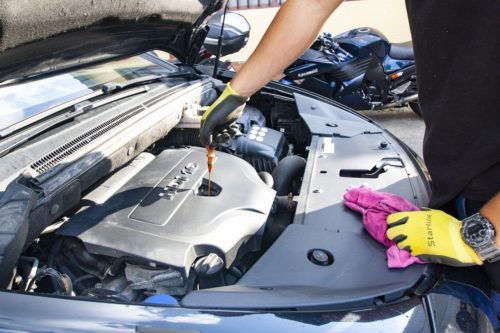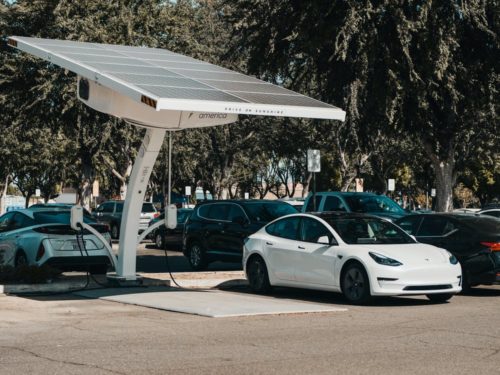How to Inspect A Car Before Buying It

B uying a second-hand or used car is often more affordable for a lot of us, but it can be a tricky process for first-time buyers because even when a car looks shiny and new, there may be invisible defects that aren’t visible to the naked eye. Here is a brief guide on how to inspect a car before buying it.
Carefully inspecting a car from each and every angle will not only help you find hidden issues but also make it easier for you to weigh the pros and cons while comparing your options as well as help you steer clear of potential predicaments while you drive your automobile.
Do Your Research
If you are enthusiastic about automobiles or cars in general, you might already have a lot of knowledge about what to look for while purchasing a used car. Some sellers don’t allow you to do a test drive. So it can be hard to quickly spot any troubles. Communicate thoroughly with the dealer or the seller prior to the meeting and discuss if you can get the car examined by a mechanic. If they aren’t okay with that then follow the following basic guidelines. Reading up on it as much as you can and talking to people with experience is extremely helpful.
Inspect The Exterior
Things to thoroughly examine while inspecting a car’s exterior are:
Body condition: Check for dents, rust, chipping paint, scratches, the hood and trunk lids, the condition of the tires, and rubber seals.
Windshield and window glass: Look for cracks and chipped areas.
Tires and suspension: Park the car on ground level and check for faulty suspension and sagging due to issues like flat tires or malfunctioning shock absorbers.
Exhaust system and undercarriage: Check these out to make sure there are no rust marks or disfigurement.
Examine The Interior
Make sure you scan and look into the following while checking out the car’s interior.
Seats: Sit in all of the seats to see if all of them are comfortable. Check the covers properly to make sure they aren’t worn out or torn. Make sure the seat adjustments are not faulty.
Steering wheel: Turn on the ignition and turn the wheel on both sides to see if it’s easily handled or too stiff.
Pedals and controls: Turn on the ignition and push down on the pedals to check if they’re too worn out.
Sound system: If the car comes with a sound system, bring along a CD or connect your AUX/Bluetooth to ensure it is fully functional.
Roof: Touch the roof and push it upwards to make sure there aren’t any sags, leaks, or holes.
Air Conditioning: Turn on the A/C and make sure it throws out cool air. Keep it on for a while to check how well it cools up the car.
Lift Up The Hood
Checking the engine is of utmost importance, here are some things that should be primarily checked for.
Check fluid levels and condition: Engine oil should be yellow if freshly changed, but otherwise black or brown with no gravelly consistency. Anything other than this for example foam or water droplets on the dipsticks should be taken seriously.
Transmission fluid should be pinkish. If it is brown or smells burnt it could be another issue.
Radiator: Radiator coolant should be clear, without any rust or cloudiness. Also, examine for leaks or cracks in the plastic container.
Battery: Observe the liquid levels and charge indicators. A mechanic will help you examine this in a better way but looking at the charge indicator can help you check if the battery is weak or dying.
Tubes, hoses, and belts: Check for corrosion, rust, leaks, and signs of damage. The tubes and pipes should neither be rock hard nor should they be saggy and pulpy.
Happy Car Buying!
If the seller doesn’t allow you to take the car for a check to the mechanic, try to bring a mechanic with you to the dealing site. A mechanic will help you identify and examine issues that someone with layman’s knowledge may not be able to comprehend. A car has a lot of components, so make sure to do further research on how to properly inspect a car before buying it and make the best and safest choice that won’t cause you to suffer loss and damage after the purchase.








